We put the Honor Magic6 Pro through our rigorous DXOMARK Display test suite to measure its performance across
six criteria. In this test results, we will break down how it fared in a variety of tests and several common use cases.
Overview
Key display specifications:
- 6.8 inches OLED, 109.8 cm2 (~91.9% screen-to-body ratio)
- Dimensions 162.5 mm x 75.8 mm x 8.9 mm
- Resolution: 1280 x 2800 pixels, (~453 ppi density)
- Refresh rate: 120 Hz
Scoring
Sub-scores and attributes included in the calculations of the global score.
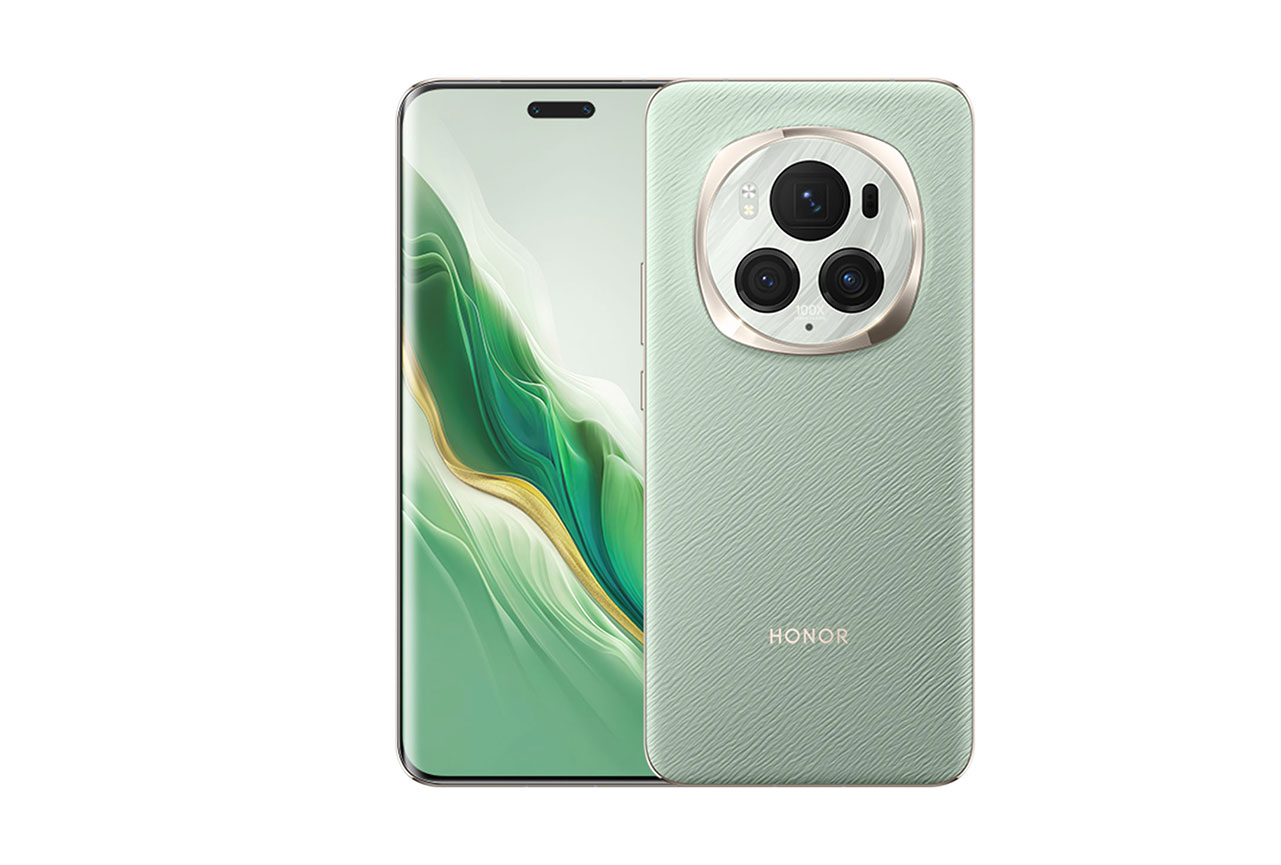 Honor Magic6 Pro
Honor Magic6 Pro


 1st
1st
 1st
1st
Pros
- Well-suited brightness levels for different lighting conditions
- Best-in-class motion management
- Accurate, reactive, and smooth touch panel
- Good HDR video experience in low-light conditions
Cons
- Immediate color shift when viewing at an angle
- Perceivable striped pattern on a dark uniform background when in dark-room conditions
The Honor Magic6 Pro Display put in a top-scoring performance, with an all-around excellent user experience in all our use cases, particularly in gaming.
The Magic6 Pro’s readability was overall excellent in all lighting environments, with a steady and reliable performance. While the maximum brightness did not reach the same levels attained by the Galaxy S24 Ultra or even some of the Magic6 Pro’s competitors, the screen was consistently and comfortably readable in all conditions – not too bright in low-light or dark conditions and not too dark when outdoors to affect the user experience. Additionally, the outdoor brightness level remained consistent for all types of displayed content, which is not the case for most competitors’ devices, whose display luminance decreases as white areas on the screen increase. Although the device appeared uniform in our test, a faint striped pattern was visible on the screen when room or background conditions turned dark. However, this striped pattern was not visible in other lighting conditions.
The screen’s colors were generally accurate and quite stable outdoors, but our testers did note some immediate color shifts when holding the device at an angle. Although most screens shift colors at wide angles, the Magic6 Pro’s colors were shifting at relatively lower angles when compared with the competition.
The video-watching experience was quite satisfying and comfortable, with appropriate luminosity and good details in the dark tones, especially when viewing videos at night.
The device’s display showed significant improvements over its predecessor the Honor Magic5 Pro in all subscores, especially in motion. The Magic6 Pro achieved a top score in motion thanks to its exceptional management of frame mismatches and motion blur, providing the user with an excellent experience watching high-quality videos or playing video games. Also contributing to the top score in motion was the absence of any delayed playback when sliding forward or backward on a video.
In touch, the Honor Magic6 Pro came very close to the top score, but the screen lacked some smoothness when viewing the gallery. However, users who like to play video games on their phones should take note of the Honor Magic6 Pro’s touch response time, which at 53 ms shows a marked improvement from the Magic5 Pro’s 70 ms, and even surpassed the Galaxy S24 and Galaxy S24+’s measured 65 ms. (For those keeping track, the fastest touch response time we have tested so far was on the Lenovo Legion Y90, which clocked in at 41 ms!)
When it came to artifacts, the Honor Magic6 Pro managed them very well. No unintended touches were being executed on the screen, and the display was free of flicker.
Test summary
About DXOMARK Display tests: For scoring and analysis in our smartphone and other display reviews, DXOMARK
engineers perform a variety of objective and perceptual tests under controlled lab and real-life conditions.
Note that we evaluate display attributes using only the device’s built-in display hardware and its still image
(gallery) and video apps at their default settings. (For in-depth information about how we evaluate
smartphone and other displays, check out our articles, “How DXOMARK tests display quality” and “A closer look at DXOMARK Display testing.”
The following section gathers key elements of our exhaustive tests and analyses performed in DXOMARK laboratories.
Detailed performance evaluations under the form of reports are available upon request. Do not hesitate to contact us.
Readability
Honor Magic6 Pro
163
Readability evaluates how easily and comfortably
users can read still content (photos & web) on the display under different real-life conditions. DXOMARK uses its
Display Bench to recreate ambient light conditions ranging from total darkness to bright sunlight. In addition to
laboratory tests, perceptual analysis is also made in real-life environments.


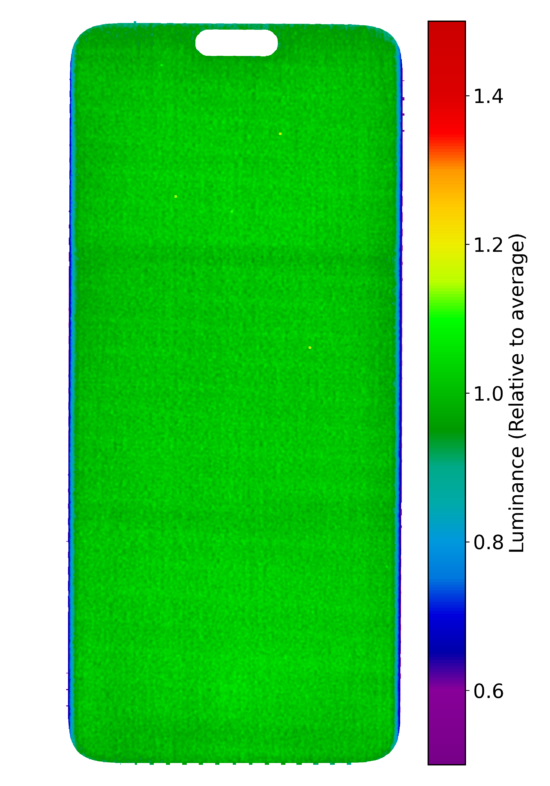
color, the more uniform the display.
Color
Honor Magic6 Pro
164
The color attribute evaluates the capacity of the device to accurately reproduce colors. The measurements taken are for fidelity, white point color, and gamut coverage. We perform color evaluations for different lighting conditions to see how well the device can manage color in the surrounding environment. Colors are measured using a spectrophotometer in a controlled lighting environment. Perceptual analysis of color rendering is against the reference pattern displayed on a calibrated professional monitor.
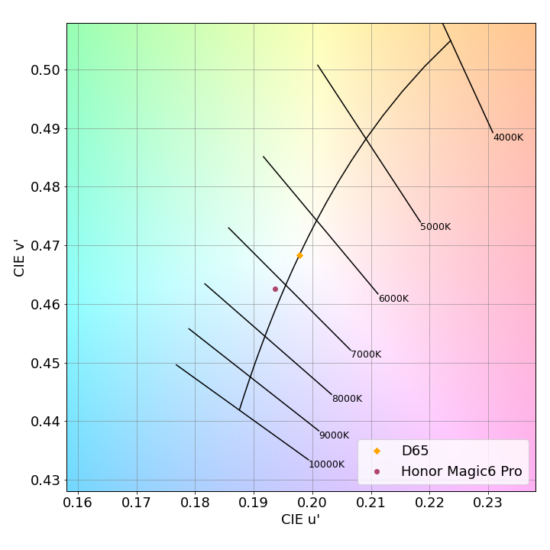


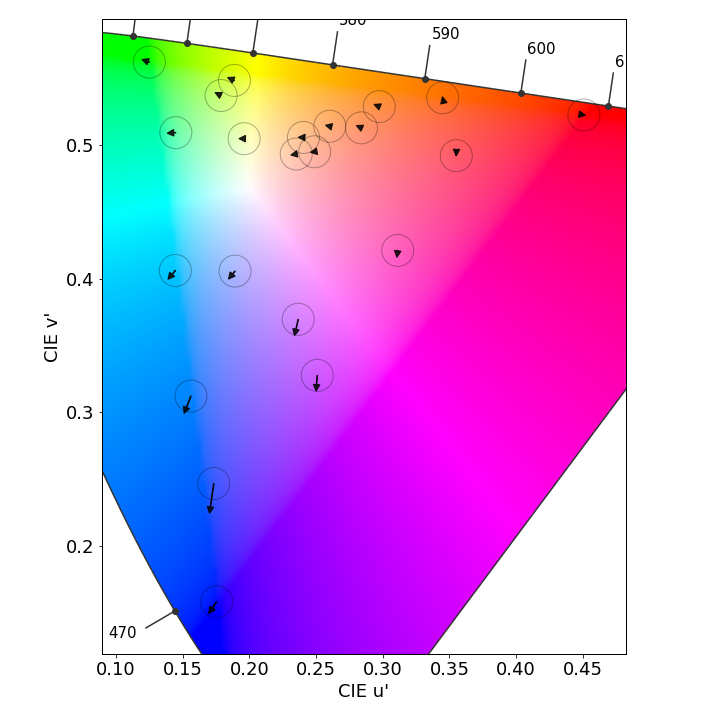
color space
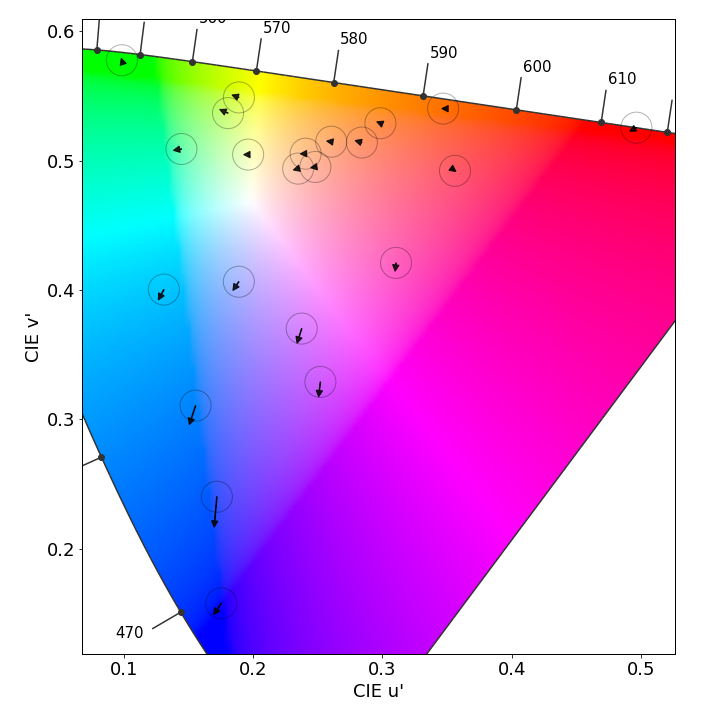
Display-P3 color space
its actual measurement (tip of the arrow). The longer the arrow, the more visible the color difference is. If the arrow
stays within the circle, the color difference will be visible only to trained eyes.
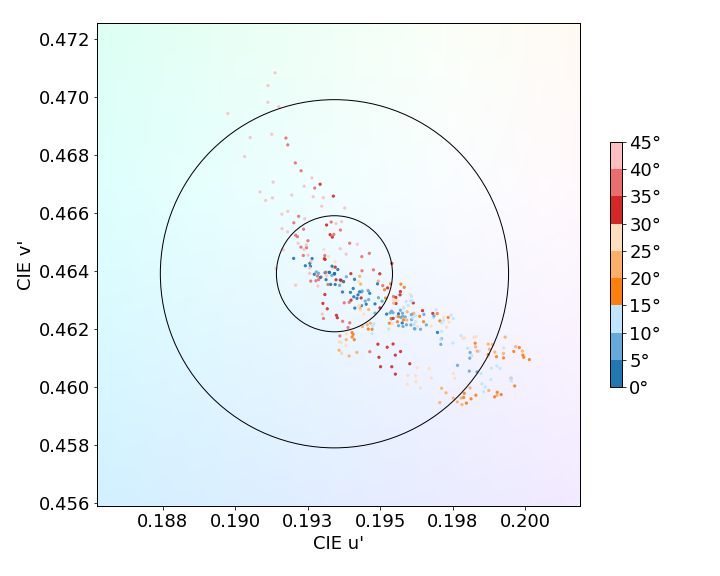
measurement at a particular angle. Dots inside the inner circle exhibit no color shift in angle; those between the
inner and outer circle have shifts that only trained experts will see; but those falling outside the outer circle
are noticeable.
Video
Honor Magic6 Pro
162

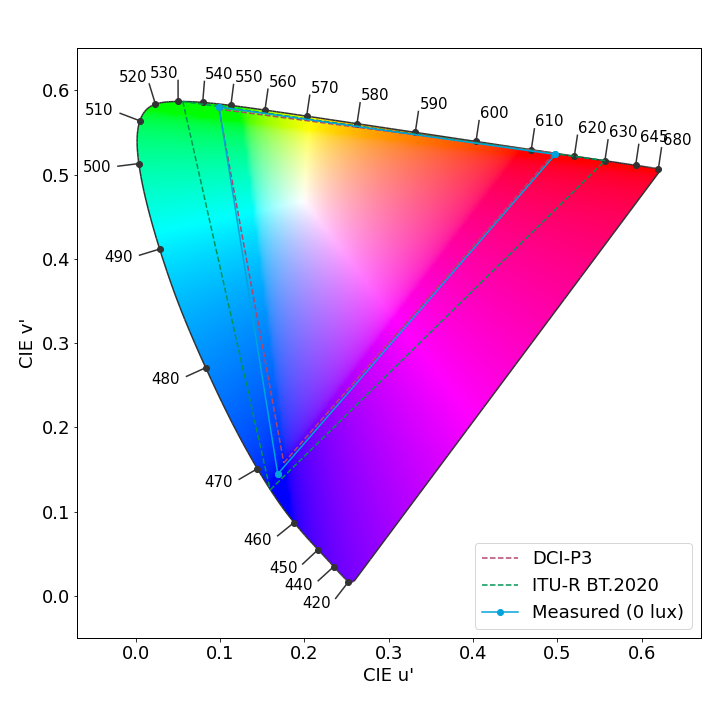
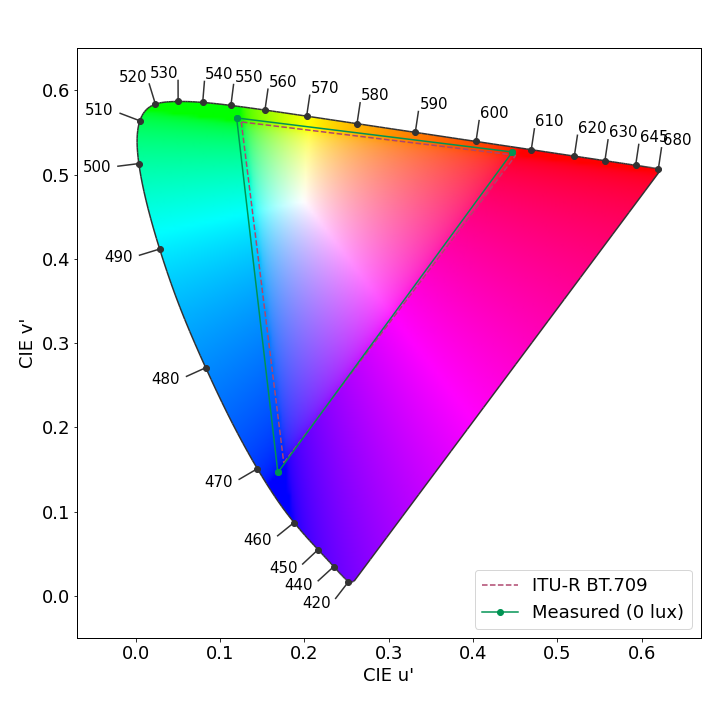
of the color area that the device can render. To respect the artistic intent, the measured gamut should match the master
color space of each video.
The motion attribute evaluates the handling of dynamic
contents. Frame drops, motion blur, and playback artifacts are scrutinized using games and videos.
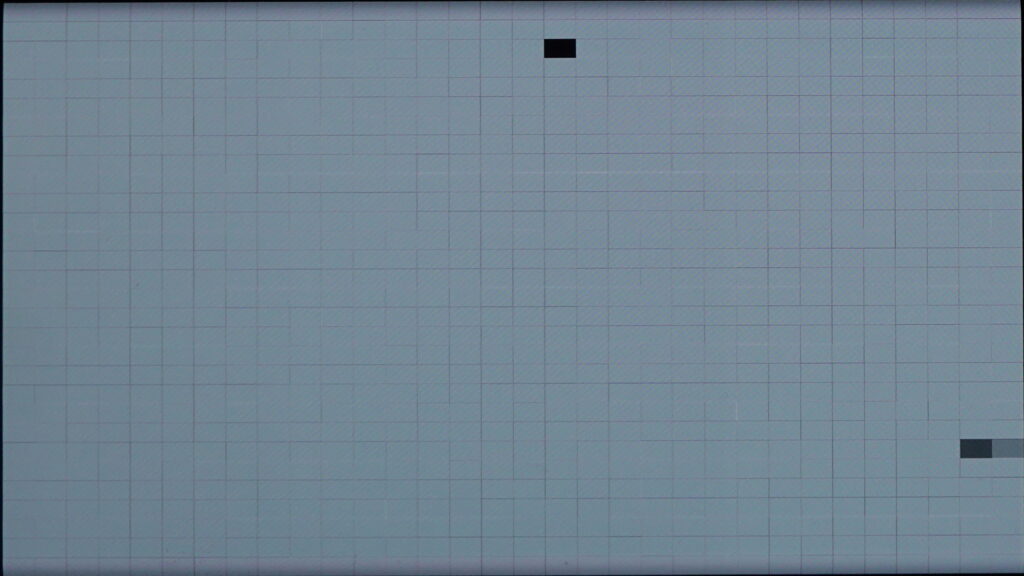
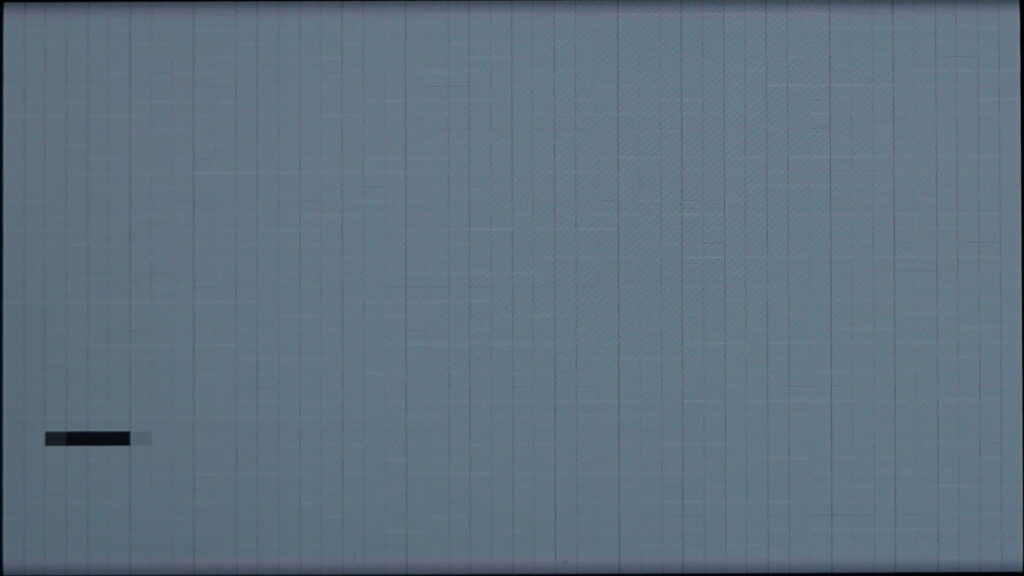
video. A good performance shows a regular pattern (either a flat gray image or a pull-down pattern).
Touch
Honor Magic6 Pro
170
Artifacts
Honor Magic6 Pro
163
Evaluating artifacts means checking for
the performance, image rendering and motion flaws that can affect the end-user experience. DXOMARK measures
precisely the device’s reflectance and the presence of flicker, and assesses the impact of residual aliasing
when playing video games, among other characteristics.


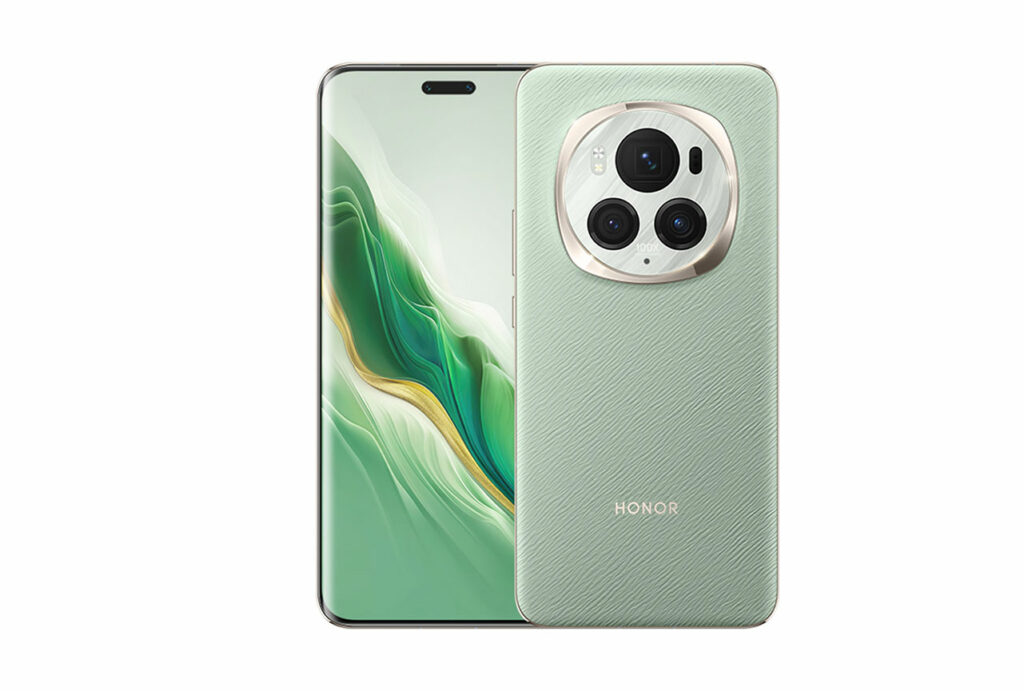

DXOMARK encourages its readers to share comments on the articles. To read or post comments, Disqus cookies are required. Change your Cookies Preferences and read more about our Comment Policy.